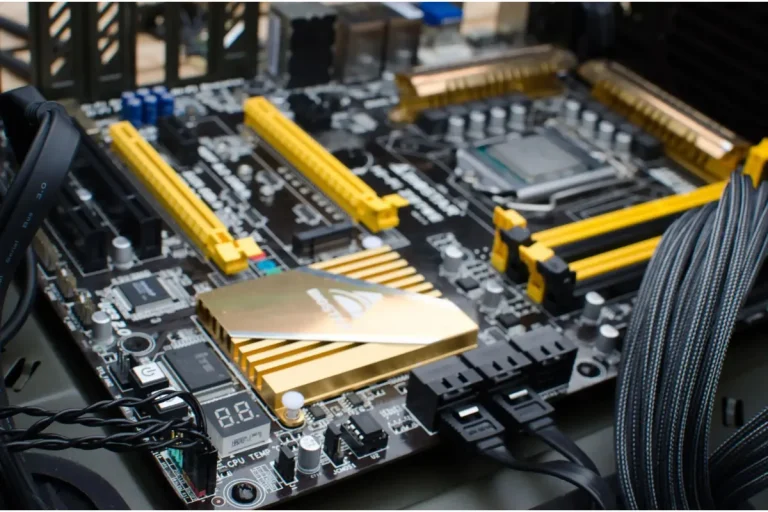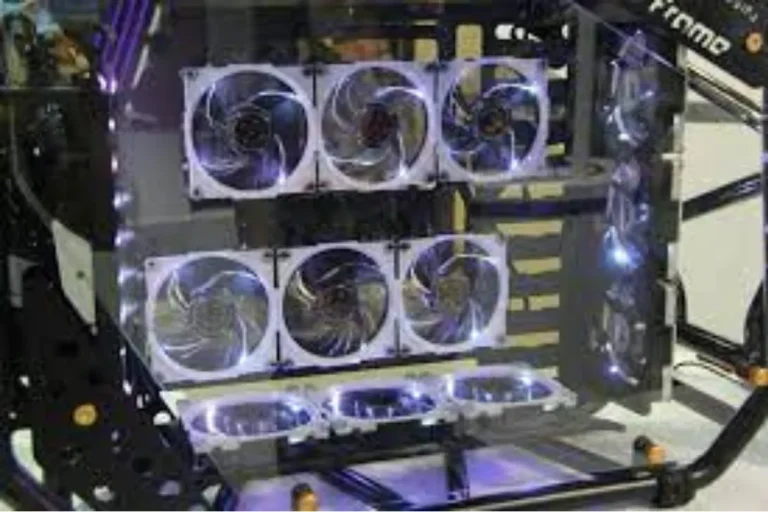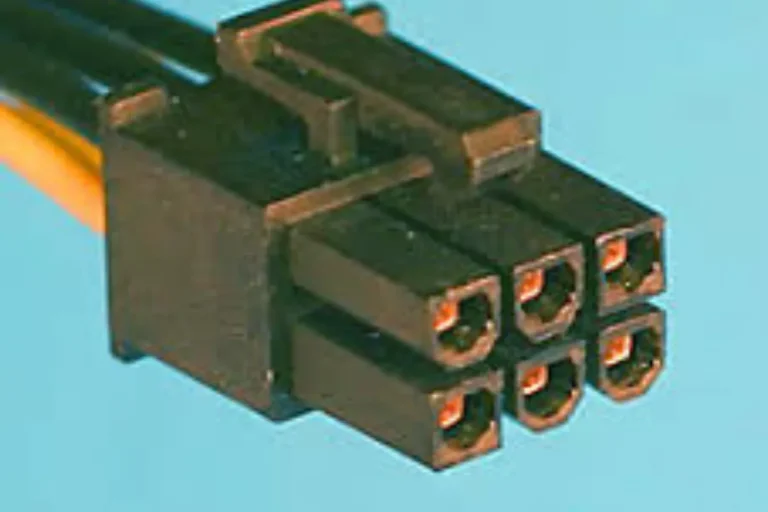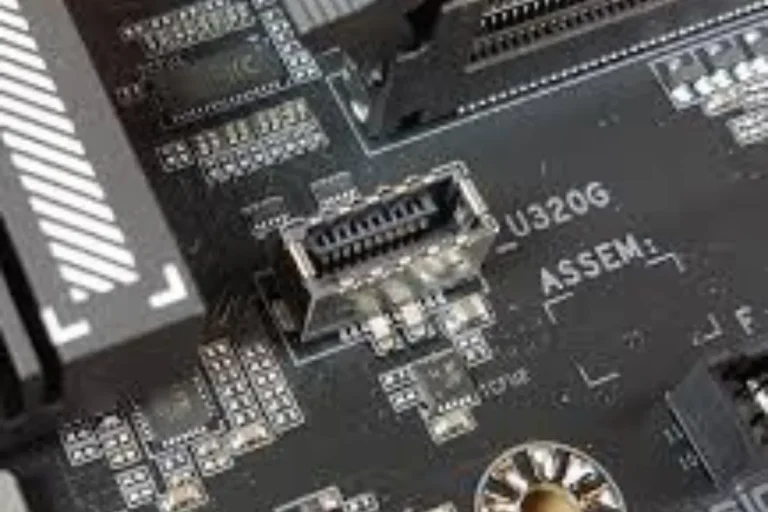Can more than one SSD be put in the same motherboard?
SSDs, or Solid-State Drives, have become increasingly popular due to their speed and reliability. But here’s the catch: There’s a common misconception that a motherboard can only handle one SSD.
Well, let me debunk this myth for you! In this blog post, dive into the world of SSDs and explore whether you can connect multiple of these lightning-fast drives to a single motherboard.
Motherboard Compatibility
When it comes to connecting multiple SSDs to a single motherboard, understanding the compatibility is crucial. Let’s take a closer look at the two main interfaces for SSDs: SATA and M.2.
SATA and M.2 Interfaces for SSDs
SATA (Serial Advanced Technology Attachment) is a commonly used interface for connecting storage devices, including SSDs. It provides a reliable and straightforward connection, allowing for high-speed data transfer.
On the other hand, M.2 is a newer and more advanced interface specifically designed for SSDs. It offers faster data transfer rates and a smaller form factor, making it ideal for compact and high-performance systems.
Number of SATA Ports and M.2 Slots
A typical motherboard comes with several SATA ports, usually ranging from four to eight ports. These ports allow you to connect multiple SSDs using SATA cables. However, it’s essential to check your motherboard’s specifications to determine the exact number of available ports.
In terms of M.2 slots, motherboards typically have one or more slots available. These slots are designed to accommodate M.2 SSDs directly on the motherboard, eliminating the need for cables. Again, it’s crucial to check your motherboard’s specifications to know the number of available M.2 slots.
Maximum Number of SSDs Based on Available Interfaces
The maximum number of SSDs you can connect to a motherboard depends on the available SATA ports and M.2 slots. For example, if your motherboard has six SATA ports and two M.2 slots, you can potentially connect up to six SATA SSDs and two M.2 SSDs.
Expanding SSD Capacity on a Single Motherboard
Looking to maximize your SSD storage capacity on a single motherboard? RAID (Redundant Array of Independent Disks) technology comes to the rescue! Let’s dive into the world of RAID and explore how it can help you in expanding your SSD capacity.
Overview of RAID Technology
RAID is a storage technology that combines multiple drives into a single logical unit to enhance performance, reliability, or both. It offers various configurations, each with its own advantages and trade-offs.
RAID Configurations for SSDs
- Also known as striping, RAID 0 distributes data across multiple SSDs, resulting in increased performance. However, it offers no redundancy, meaning if one drive fails, you may lose all your data.
- Known as mirroring, RAID 1 duplicates data across multiple SSDs. It provides redundancy, ensuring that if one drive fails, your data remains intact. However, it doesn’t offer any performance benefits.
- RAID 5 combines striping and parity to provide both performance and redundancy. It requires a minimum of three SSDs and can tolerate the failure of one drive without losing data. However, it has slightly lower write performance compared to RAID 0.
Advantages and Disadvantages of RAID for Multiple SSDs
Using RAID for multiple SSDs on the same motherboard has its advantages and disadvantages. The main advantages include improved performance, increased storage capacity, and data redundancy. RAID allows you to harness the power of multiple SSDs, providing faster read and write speeds, and the ability to use them as one large storage volume.
However, RAID also has its downsides. It can be more complex to set up and manage, requiring specific configurations and potentially sacrificing some storage capacity for redundancy. Additionally, if one drive fails in a RAID configuration without redundancy, you risk losing all your data.
Considerations for Multiple SSDs on a Motherboard
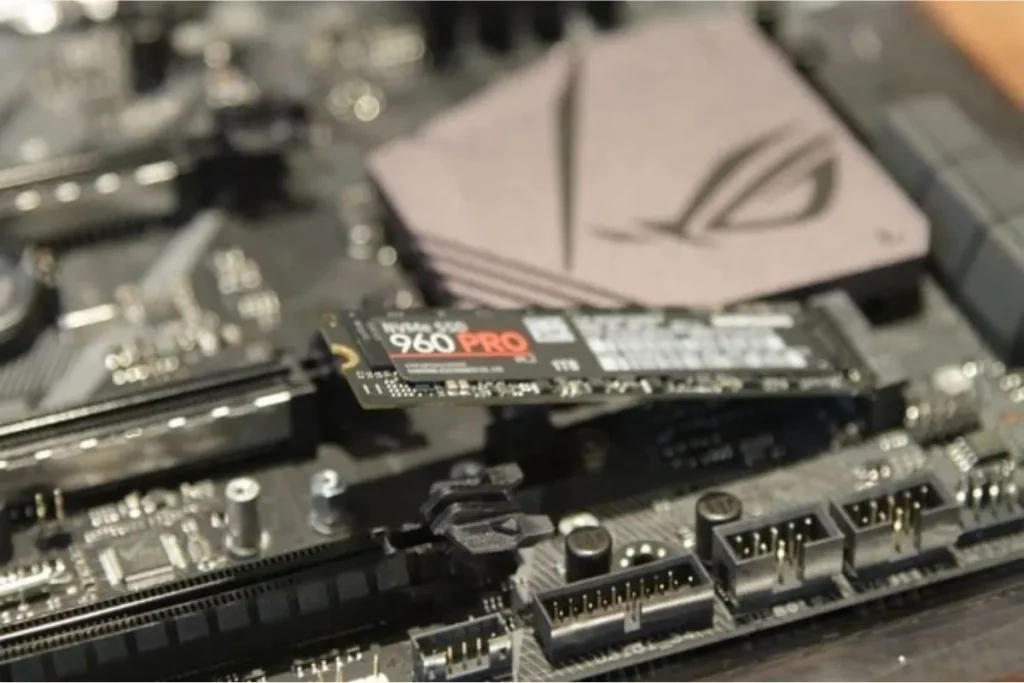
Expanding your storage capacity with multiple SSDs on a motherboard is an exciting endeavor. However, there are a few important considerations to keep in mind to ensure smooth operation and optimal performance.
Power Requirements and Connectors
When connecting multiple SSDs, it’s crucial to consider the power requirements of each drive. SSDs typically consume less power compared to traditional hard drives, but it’s still essential to ensure that your power supply unit (PSU) can handle the additional load.
Additionally, check the available power connectors on your motherboard. Most SSDs use SATA power connectors, so make sure you have enough connectors for each drive. If you’re using M.2 SSDs, they usually don’t require separate power connectors.
Proper Cooling for Multiple SSDs
SSDs generate heat during operation, and having multiple drives in close proximity can increase the overall temperature inside your computer case. Adequate cooling is essential to prevent overheating and maintain optimal performance.
Ensure that your computer case has proper airflow and ventilation. Consider installing additional case fans or using liquid cooling solutions if necessary. Also, check if your motherboard has dedicated heatsinks or M.2 thermal pads to dissipate heat effectively.
Cable Organization and Space Management
With multiple SSDs, cable management becomes crucial to maintain a tidy and efficient system. Use cable ties or Velcro straps to bundle and route cables neatly. This not only improves aesthetics but also enhances airflow and reduces the risk of cable interference.
Consider using cable management solutions such as cable combs or routing channels to keep cables organized and prevent them from obstructing other components. Additionally, plan your SSD placement strategically to maximize space utilization and minimize clutter.
Frequently asked questions
What are PCIe expansion cards and how do they help in adding additional SSD slots?
PCIe expansion cards are devices that can be inserted into the PCIe slots on your motherboard to provide additional SSD slots. These cards typically have multiple M.2 or U.2 connectors, allowing you to connect more SSDs and expand your storage capacity.
What is NVMe, and why is it preferred over SATA for SSDs?
NVMe (Non-Volatile Memory Express) is a communication protocol designed specifically for SSDs. It provides faster data transfer speeds and lower latency compared to the traditional SATA interface.
Can I use an NVMe expansion card on a motherboard that only supports SATA?
No, NVMe expansion cards require a motherboard with PCIe support. If your motherboard only supports SATA, you won’t be able to utilize the full potential of NVMe SSDs. However, you can still use SATA SSDs with an expansion card that supports SATA connections.
Are there any limitations on the number of SSDs I can add using an expansion card?
The number of SSDs you can add using an expansion card depends on the card itself and the available slots on your motherboard. Some expansion cards support multiple SSDs, while others may have limitations.
Conclusion
In conclusion, yes, it is possible to put more than one SSD in the same motherboard. With the right power supply, proper cooling, and efficient cable management, you can expand your storage capacity and enjoy the benefits of multiple SSDs. Just remember to consider the power requirements, and cooling needs, and choose the right expansion cards if necessary.
